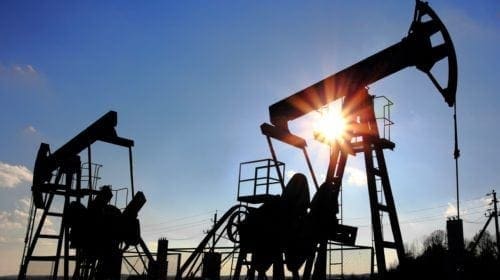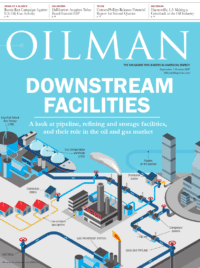From the oil platforms in the Gulf of Mexico to the drilling rigs in the Haynesville shale play, the oil and gas industry has played a vital role for our culture, economy, and our community. It is well known in Louisiana that if you do business in our great state, you are somehow involved in the oil and gas sector.
The oil and gas industry is a key segment in Louisiana’s economy. One study suggests that our industry is responsible for 300,000 jobs and over $4 billion in contributions to state and local coffers. It is estimated that Louisiana’s oil and gas industry has an economic impact of nearly $74 billion in our great state.
The oil and gas industry has been a constant economic driver for Louisiana, providing not only jobs but valuable revenue that is used to protect and restore Louisiana coastal areas. Between January 2009 and January 2016, Louisiana collected more than $3 billion in severance taxes from wells in the coastal zone. These tax dollars are then sent to the legislature for lawmakers to decide how these fund will be appropriated for various coastal projects.
Louisiana also benefits from federal programs that rely on oil and gas revenues to fund coastal protection and restoration along the Gulf Coast. The Gulf of Mexico Energy Security Act or, GOMESA, which was signed into law by President George W. Bush in 2006, shares leasing revenues amongst the four oil and gas producing gulf-states of Alabama, Mississippi, Texas, and Louisiana. The share funds are to be used for coastal conservation, restoration, and hurricane protection. This act also stipulates that over 8 million acres be offered for oil and gas leasing. It has been estimated that Louisiana has generated nearly $140 million a year for coastal projects since this legislation was enacted.
Another federal program that Louisiana has contributed to and has greatly benefited from has been the Coastal Impact Assistance Program. This program allocates funds based on offshore oil and gas revenues. From 2007 to 2010, Louisiana has received $300 million and is set to receive another $36 million this year, all paid to coastal projects in Louisiana. These numbers are impressive, but they are just the dollars that Louisiana and the federal government has collected, not including any private investments that oil and gas companies have made here.
Over the past five years, Exxon Mobil’s Baton Rouge sites have made approximately $1.4 billion in environmental investments. The Nature Conservancy, the Louisiana Coastal Protection and Restoration Authority, and Chevron have invested an estimated $1 million to build a brand new artificial oyster reef in St. Bernard Parish. Chevron, Shell, and CITGO contributed to the Foundation Gulf Intracoastal Waterway (GIWW) Shoreline Stabilization and Restoration Project that will create four miles of embankment along both sides of the Gulf Intracoastal Waterway in Lafourche Parish. The estimated investment of this project is $1.2 million. The list of projects that the oil and gas industry are investing in goes on and on.
While Louisiana finds itself in a continual financial tailspin from upticks in unemployment, we must provide an environment for the oil and gas industry to thrive. The state must provide a tax environment that will encourage future investment and a legal climate that doesn’t force banks and investors to look elsewhere when searching for new drilling projects. The partnership that Louisiana has with the oil and gas industry must continue; the success of us all depends on it.
Don Briggs is the President of the Louisiana Oil and Gas Association. The Louisiana Oil & Gas Association (known before 2006 as LIOGA) was organized in 1992 to represent the Independent and service sectors of the oil and gas industry in Louisiana; this representation includes exploration, production and oilfield services. Our primary goal is to provide our industry with a working environment that will enhance the industry. LOGA services its membership by creating incentives for Louisiana’s oil & gas industry, warding off tax increases, changing existing burdensome regulations, and educating the public and government of the importance of the oil and gas industry in the state of Louisiana.












